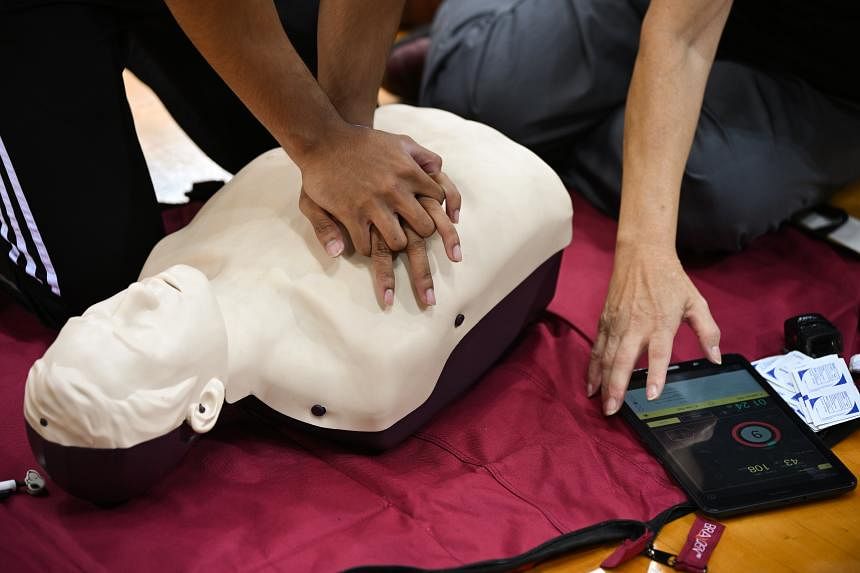The tragic Westfield attack in Sydney highlights the vulnerability of crowded public spaces. Six people were killed and many were injured by a knife-wielding attacker in a short period of time. For people with malicious intent, crowded venues such as shopping centres, concerts, sporting events and public transport are often easy targets for maximising harm.
Traditionally, in response to mass casualty events, we depend on the actions of first responders, including the police and ambulance services, who are the trained professionals. But there’s always a gap, however short, between when a crisis begins and when authorities arrive. The actions of people at the scene are crucial in bridging this gap. The “zero responders” – bystanders who proactively assist – play a pivotal role in the immediate response. They can be key players in preventing, reporting and containing an incident.
Already a subscriber? Log in
Read the full story and more at $9.90/month
Get exclusive reports and insights with more than 500 subscriber-only articles every month
ST One Digital
$9.90/month
No contract
ST app access on 1 mobile device
Unlock these benefits
All subscriber-only content on ST app and straitstimes.com
Easy access any time via ST app on 1 mobile device
E-paper with 2-week archive so you won't miss out on content that matters to you

